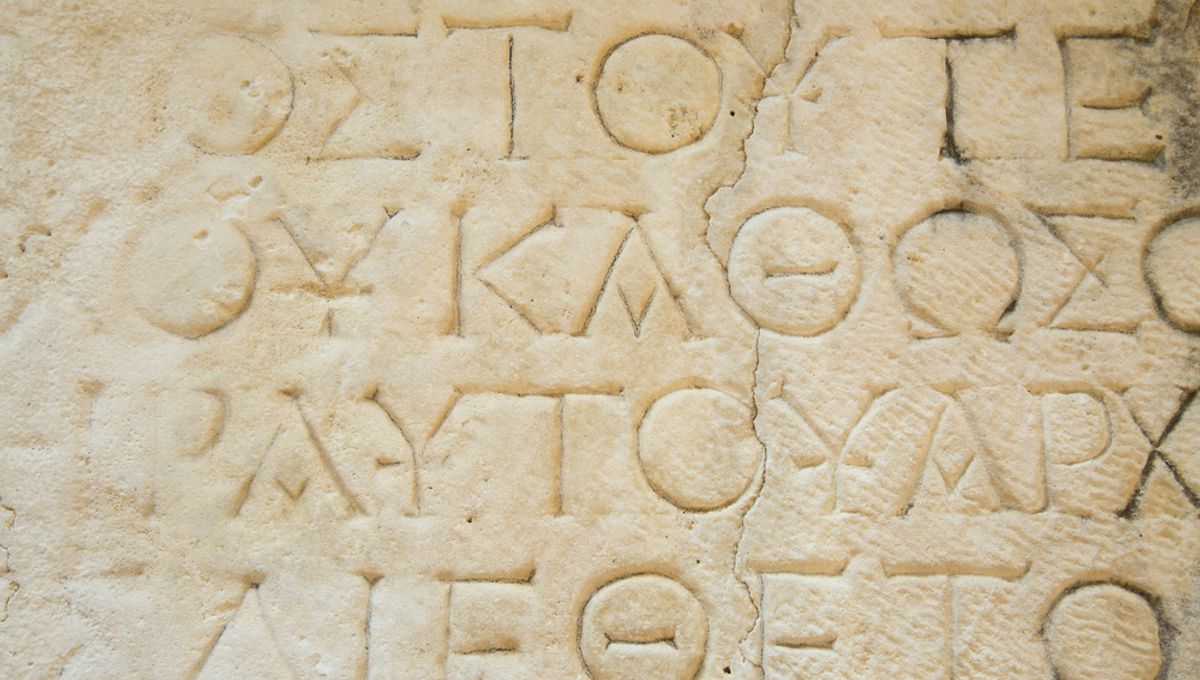
The town of İznik, in northwest Turkey, may not be as well-known as nearby Istanbul, but it has a history just as long and storied. Once ruled over by followers of Alexander the Great, it eventually became one of the most important urban centers in the Roman Empire, where, renamed Nicaea, it found its major claim to fame in Christian history, hosting the first and second Councils of Nicaea – the meetings which formally set out some of the foundational beliefs of the religion.
Over the centuries since then, it’s seen earthquakes, invasions, industry, and decline, with some of the oldest and most venerated sites destroyed even in the modern era. It’s been the capital of four civilizations and has been suggested as a UNESCO World Heritage Site.
Given all this, it may be surprising that the town has only just got its own museum – but now, more than two years after the first stone was laid, the İznik Museum of Archaeology has finally been completed.
“The new museum contains quite significant movable cultural assets,” former museum director and archaeologist Taylan Sevil told the local Ihlas News Agency. “There are artifacts of many civilizations from prehistoric times to the present.”
Among those artifacts are a marble board game from the Roman era, a highly decorated sarcophagus dedicated to the Greek hero Achilles, and the sarcophagus of Alexander the Great’s general Antigonos I. But there’s another relic that’s even more intriguing: an Ancient Roman letter of mourning, found in Antigonos’s tomb, newly translated and displayed 2,500 years after it was originally composed.
“I, the sad Arete, cry out with all body and soul from the tomb of Antigonos,” the message reads. “I pull my hair out from grief and I express myself by crying. This ill luck, the death, has captured me instead of emancipating this precious man.”
It’s not known who “Arete” was – the term is not really a name, but an Ancient Greek concept describing “excellence” in some way. Depending on what or who it was applied to, it could refer to the realization of one’s full potential; moral virtue; self-restraint or justice; strength and bravery; or simply the state of being “good”.
But whoever the message came from, it conveys an emotional story that we all go through at some point: grief at the loss of someone important to us. No wonder, then, that it’s one of the showstoppers in the new museum, which officials hope will become one of the most important in the world.
“The museum fills a huge gap here,” Sevil said. “It [will invite] people to witness world civilization.”
Source Link: 2,500-Year-Old Love Letter Revealed In Ancient General's Sarcophagus